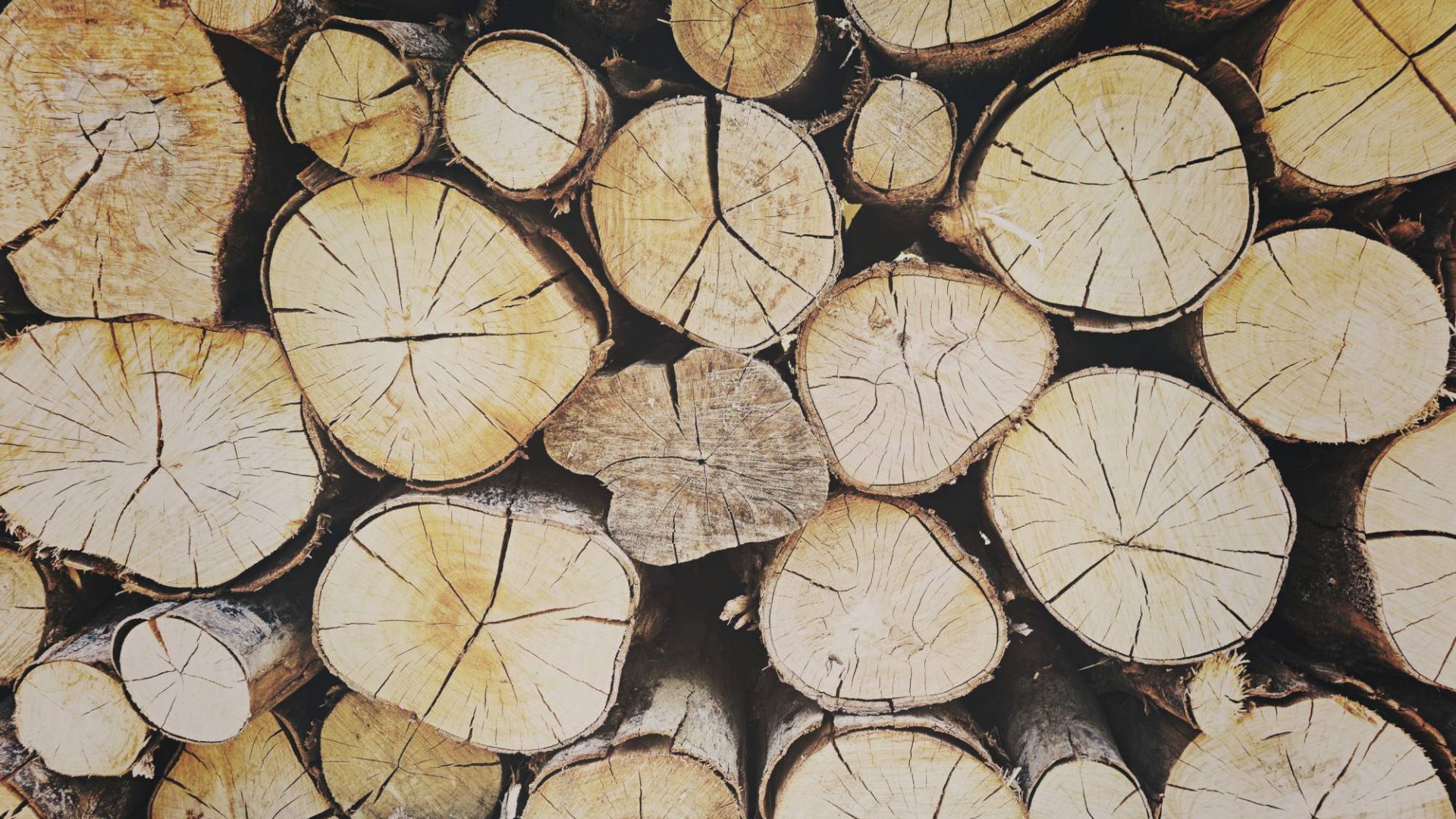The Role of CITES in Curbing Illegal Timber Trade

Indonesia’s Appendix III listing of ramin (Gonystylus spp.), an endangered tree being logged illegally in National Parks, has proved that CITES can be a powerful tool in protecting forests from the scourge of timber theft. Though it is not the ultimate answer to the problem, where appropriate CITES could – and should – be doing much more. Further Appendix III listings of threatened tree species are justified and should be supported. Implementation and enforcement of Appendix III must also be improved.
Despite the success of the current listing, ramin remains under threat. The remnants of Malaysia’s ramin forests are being exploited unsustainably, despite nominal protection. Though ramin is banned from cutting and export in Indonesia – the only other significant range state – stolen wood continues to be laundered through neighbouring Malaysia in quantities which exceed the global annual legal supply. Experts agree that ramin qualifies for inclusion on Appendix II, and such a listing would provide much needed additional protection. This listing should be supported, as should the inclusion of processed parts and products, which represent the vast majority of international trade.
View and download The Ramin Racket

